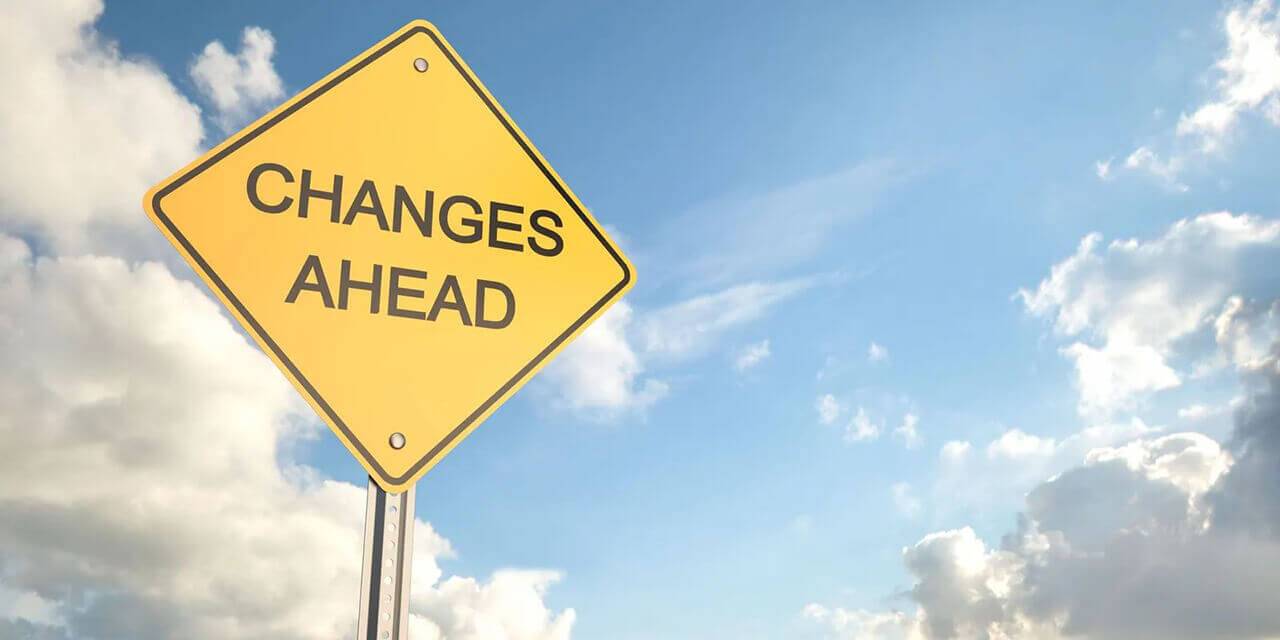Why is a Market Share Gap Analysis so Important in Business Development?

Do you know what your company’s current market share is? Do you know how to define the gap between the business you’ve won and had for years, versus the business you’ve not yet closed? Would information about your gap help you better manage your sales, marketing and business development efforts when pursuing new customers and new markets? It most certainly would!
The gap analysis provides a roadmap to success by defining the steps you need to take in marketing, sales and business development in order to increase revenue. Ultimately, if you’ve ever been left wondering who you should pursue and why, or what markets hold the most potential, then a market gap analysis is the tool that you need to use.
You start the analysis at the customer account level. Next, multiple customers are used to outline the gap across a given territory and geography. Finally, multiple territories are used to define the gap across an entire market.
It is a tool that can be used by new entrepreneurs trying to define their market’s potential, by companies trying to plan future marketing and sales efforts, and by businesses that are looking to penetrate an entirely new market and industry.
An Essential Marketing Tool
In order to get a greater appreciation for the gap analysis, we’ll go through the steps of a company defining its gap at the customer level, the territory level and the market level. The analysis is entirely dependent upon your ability to define total consumption with a given customer, within a larger territory and across your entire market.
- Customer Account Gap Analysis
Let’s assume a company operates in a business-to-business (B2B) market where it provides a number of widgets to a large manufacturer. This customer buys three types of widgets in different volumes throughout the year. The company has a thorough understanding of their customer’s consumption volumes. This is what the gap analysis would look like at the customer account level.
| Product | Customer’s Yearly Consumption | Company Sales | Customer Gap |
| Widget “A” | 1000 | 250 | 750 |
| Widget “B” | 1500 | 750 | 750 |
| Widget “C” | 2500 | 1250 | 1250 |
| Total Gap | 2750 |
In the above table, we’ve simply taken the customer’s yearly consumption minus the company’s current sales in order to define the quantity (the gap) that remains. For example, the customer consumes 1000 units of widget “A” in a given year. The company’s sales of widget “A” are 250 units. The gap is merely 1000 minus 250, giving us a total of 750 units. In terms of how much business the company has at this customer’s account, it would be their total in sales of 2250 units (250+750+1250) divided by the customer’s total yearly consumption of 5000 units (1000+1500+2500). Doing this calculation means the company has 45% of this particular customer’s business.
- Territory (Geography) Gap Analysis
Defining the gap within a given territory or geography simply involves amalgamating multiple gap analyses for all the individual customers within that territory. We then add these totals in order to define the gap across the entire territory. This is an ideal tool for sales planning and forecasting. Salespeople who can produce this type of report are able to set goals and objectives that allow them to capture opportunities.
| Customer | Customer’s Yearly Consumption | Company Sales | Territory Gap |
| Customer “A” | 5000 | 2250 | 2750 |
| Customer “B” | 4000 | 3250 | 750 |
| Customer “C” | 3000 | 750 | 2250 |
| Total Gap | 5750 |
The total consumption in this territory is 12000 units (5000+4000+3000). The company’s sales in this territory are 6250 units (2250+3250+750). In order to determine the company’s share of this territory, we simply take 6250 divided by 12000. Doing this calculation means the company has 52% of the business in this territory.
- Market Gap Analysis
In the case of defining the market gap analysis, we are simply taking multiple territories and performing the same calculation. We take the total yearly consumption in each territory and account for the company’s sales within those territories. The market gap is simply the territory’s total yearly consumption minus the company’s sales.
| Territory | Yearly Consumption | Company Sales | Market Gap |
| Dallas | 12000 | 6250 | 5750 |
| New Hampshire | 15000 | 3250 | 11750 |
| Vermont | 17000 | 4500 | 12500 |
| Total Gap | 30000 |
The total consumption within the market is 44000 units (12000+15000+17000). The company’s sales are 14000 units (6250+3250+4500). In this case, the company’s market share is 14000 divided by 44000, or 32% market share.
Your Market is Always Changing
By no means is this a simple and immediate process. It takes time to gather this data at the customer level, across an entire territory and within the entire market. However, it’s important to note that this information is never static.
Your market is constantly changing and the consumption volumes will change as a result. This is why keeping a pulse on your market is so important. Some customers will grow and some won’t. Using the analysis will help your sales, marketing and business development team stay one step ahead of competitors. It will help your marketing and sales prioritize which customers, territories and markets are most important, while simplifying how your company develops new business opportunities.
Use the analysis to define the opportunities at individual accounts, within an entire territory and within your chosen market. You’ll be able to measure success or failure at the customer level, while measuring the growth, or lack thereof, at the territory level. The best companies use the analysis to define key performance indicators for their entire sales and marketing team.











